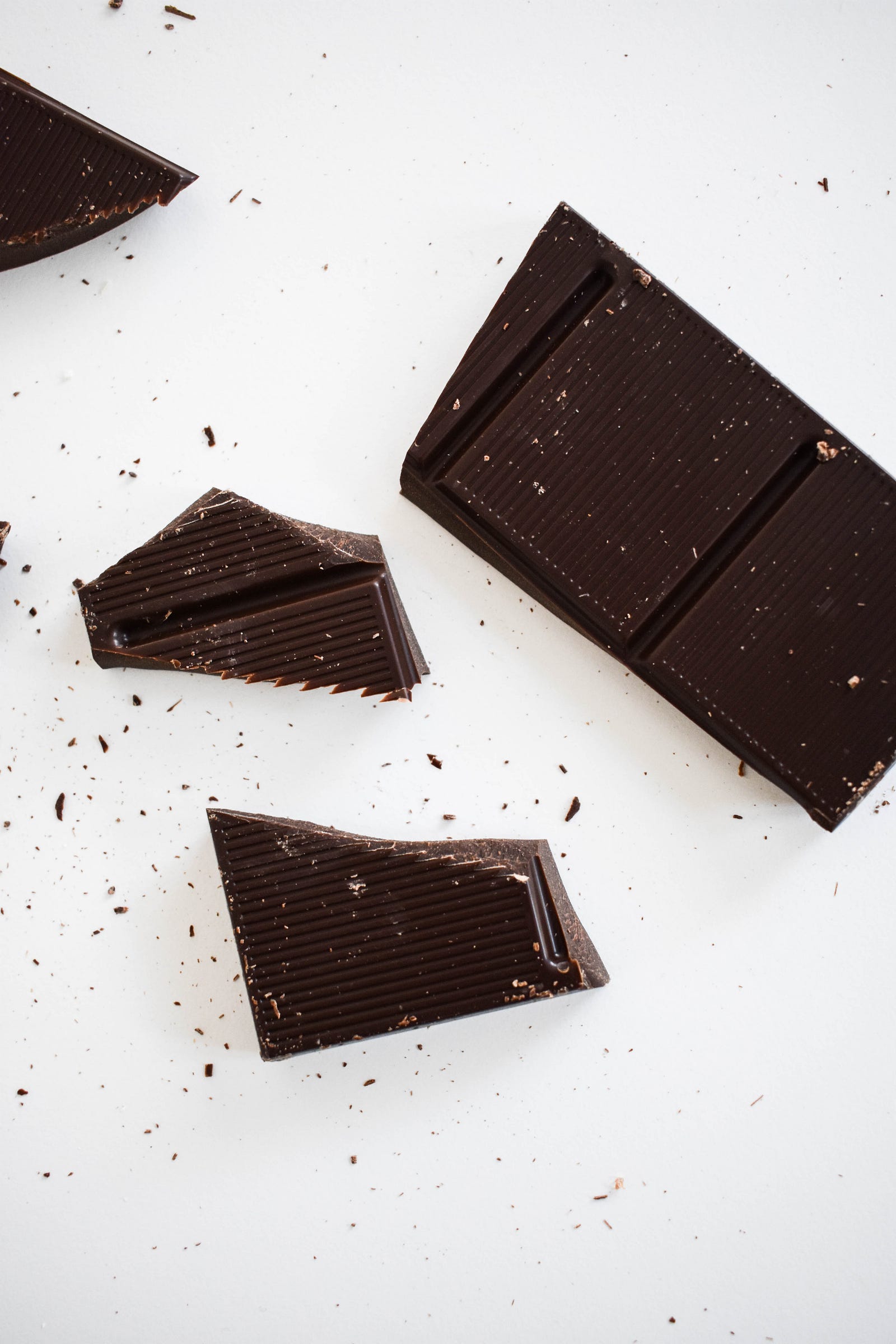I LOVE CHOCOLATE. BUT I KNOW SOME DARK CHOCOLATE contains heavy metals such as lead. But what about hot chocolate? Today, we look at heavy metals in your chocolate.
As winter chill settles in, there’s nothing quite as comforting as wrapping your hands around a warm mug of hot chocolate.
However, a startling revelation might leave you with a bitter taste before you take that blissful sip.
The Goals of This Essay
Recent findings have uncovered a hidden danger in some popular chocolates — a threat beyond calories and sugar content.
Your favorite cocoa delight could be harboring elevated levels of heavy metals, including lead, posing a potential risk to your health.

In this eye-opening exploration, we’ll delve into the surprising connection between your beloved hot chocolate and these toxic elements, unraveling a story that might make you reconsider your go-to winter beverage.
I will leave you with some products that are not toxic.
Health Risks of Heavy Metals
Regularly exposing yourself, especially if you’re pregnant or have little ones, to even small traces of heavy metals from stuff like your hot chocolate mix might lead to health issues.
According to Tunde Akinleye, the person responsible for checking food safety at Consumer Reports, these metals can affect development, especially in babies and kids.

Heavy metal exposure might affect how children’s brains grow and even lower their IQ.
But it’s not just a kid thing. Adults can have problems too if they’re around lead a lot. Think of nerve problems, high blood pressure, messed-up immune systems, kidney damage, and trouble having babies.
Metals in Other Foods
These metals aren’t just in chocolate but in other foods like sweet potatoes (another favorite of mine), spinach, and carrots.
The tricky part is that even if each bit has just a little bit of metal, it can all add up to a not-so-great amount.
So, it’s a good idea to be careful and avoid too much exposure whenever possible.
Dark Chocolate and Toxins
I love (love!) dark chocolate, especially if it has a bit of sea salt. I am delighted that it has a reputation as a healthier indulgence.
But imagine discovering that your cozy daily ritual might come with an unintended side of heavy metals, potentially harmful substances that could be lurking in the very mix you trust for a moment of indulgence.

Last year’s Consumer Reports testing burst my bubble, discovering this:
Dark chocolate can be contaminated with two heavy metals — cadmium and lead — associated with serious health problems.
But did you know that other products have risks? Milk chocolate and cocoa powder have now come under scrutiny.
Why Does Chocolate Contain Heavy Metals?
Chocolate can sometimes have two not-so-great things in it: lead and cadmium. These metals are like unwanted guests in your chocolate party. Here’s how they sneak in:
Cadmium is like a hitchhiker that latches onto the cocoa plant from the soil. So, when the cocoa plant grows, it brings cadmium for the ride.
Lead, on the other hand, is sneaky.
After the cocoa beans are picked, they can pick up lead from dust and dirt as they dry out in the open air.
These metals hang out in the cocoa solids, making chocolate yummy.
So, if your chocolate has lots of cocoa solids, like dark chocolate or cocoa powder, it might have more of these unwanted metal visitors. It’s like they come along for the cocoa ride.
Other Chocolates and Foods
Now Consumer Reports has the results of our new tests on heavy metal levels in other kinds of chocolates and foods made with it.
I should not have been entirely surprised about the dark chocolate findings.

After all, in chocolate products, cadmium and lead are concentrated in the cocoa (cacao) — the ingredient that gives chocolate its wonderful flavor.
But while dark chocolate tends to have higher cacao levels, other chocolate types have cacao, too.
Examples of cacao-containing products range from cocoa powder (or pure cocoa) to milk chocolate. The latter can have a small quantity of cacao.
Are There Heavy Metals in Milk Chocolate, Too?
Milk chocolate tends to be lower in heavy metal contamination (than dark chocolate). The former has less cocoa solids.
Here’s some good news:
None of the five milk chocolate bars exceeded the Consumer Reports limit for either cadmium or lead.

Hershey’s Milk Chocolate bar had the most lead, reaching 67 percent of Consumer Report’s limit.
On the other hand, Lindt Classic Recipe Milk Chocolate Bar was the safest type, with one serving (about one ounce) containing 11 percent of the daily maximum lead amount and 13 percent of the daily cadmium limit.
You can filter their search results by chocolate type to see results. I was surprised to see some of my favorites high in heavy metals.
But The Sugar…
While milk chocolate appears safer than its dark counterpart (when it comes to heavy metals), milk chocolate typically has more sugar.
The popular Hershey Milk Chocolate Bar in my pantry (not mine; I barely tolerate non-dark chocolate) has 24 grams in a serving size of one bar.
On the other hand, my go-to chocolate, Ghiradelli Intense Dark 72% Cacao, has only 7 grams in a serving.
Final Thoughts – Heavy Metals in Your Chocolate
I prefer dark chocolate.
One upside is that it is higher in antioxidants than its milk chocolate counterpart.
And lower in sugar. On the other hand, milk chocolates tend to have lower levels of heavy metals than milk chocolates.
No matter your preference, consume it as an occasional treat. Since I sometimes exceed the “occasional,” it is nice to have a guide to which chocolates have a lot of heavy metals.
What is your preference for chocolates?
Thank you for reading “Heavy Metals in Your Chocolate.”




